Thim Sleep Wearable Actually Helps You Fall Sleep (Better)
LifestyleNewsTech January 6, 2025 Damon Mitchell
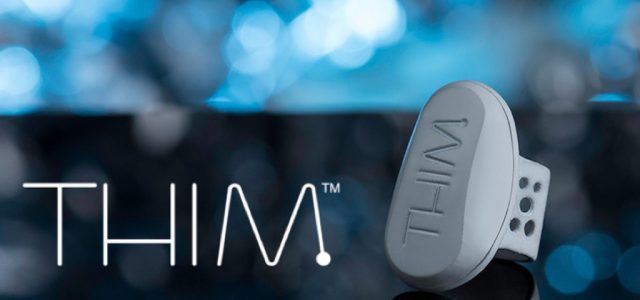
The Thim sleep wearable won’t just report all the things you did wrong sleeping last night. After they crush their Kickstarter goals, the Thim team promises a device to help you actually get more out of your sleep.
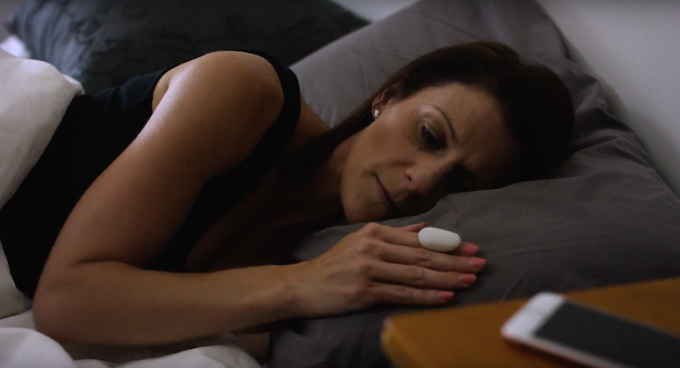
(Source: kickstarter.com)
The sleep tracking feature bolted onto every wearable is worthy of a snicker. It’s like someone was checking boxes on a features list: “Oh yeah, and it will track your sleep to help you get a better night’s rest.”
When was the last time anyone bragged about their improved their sleep since they started wearing tracker X? Gonna guess ZERO on this one, ‘cause tracking isn’t training.
Thim is the sleep wearable that people who lack sufficient sleep should get excited about right now. The team behind Thim is not green. They’ve been at this for a decade now. As far as wearables go, Thim is a nice simple design, with one mission: make you more rested.
The Problem(s) With Sleep
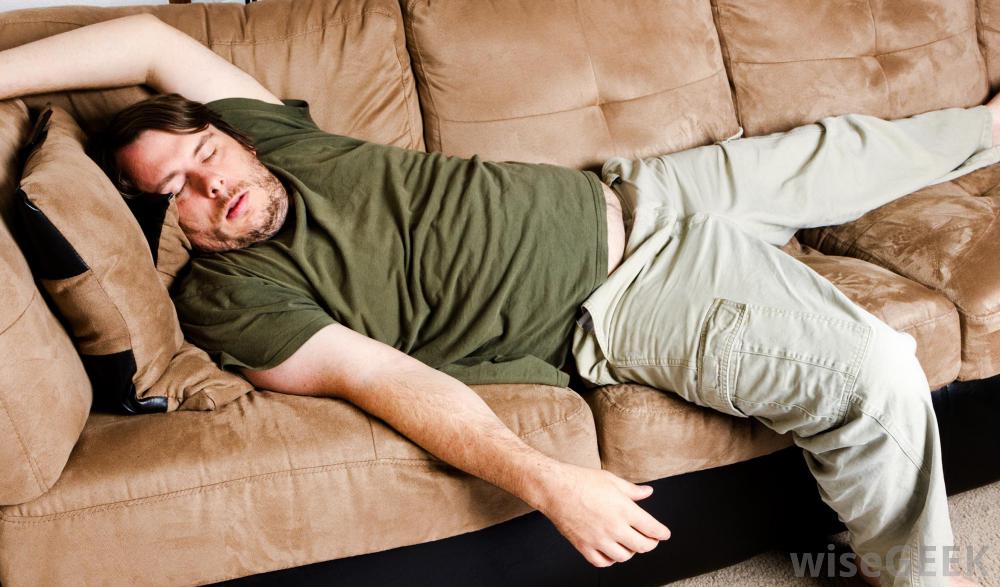
(Source: wisegeek.org)
You don’t have to study social science to recognize we have a problem. People, at least in Western Culture, work more than they have before but sleep fewer hours.
Between afflictions like sleep apnea and insomnia, we diagnose out sleep (afflictions) like they were going out of style soon.
Rest assured (or not) we need help. Solutions in this world of the under-rested include but aren’t limited to shaming us for not sleeping eight interrupted hours, buying mattresses with all the latest technology or taking ineffective power naps if we’re lucky.
For those of us who can’t nap, can’t afford a new bed again, but are still sleep deficient, we need help.
The Team

(Source: re-timer.com)
Built on ten years of research, Thim borrows learnings from a previous product.
Way back in 2006, University professor Leon Lack and his team, developed a system for retraining adults to go to sleep at the right time.
They called their first product born from that research, Re-timer. It used LED light pulses emitted below the eyes to create a drowsy feeling at the same time every night until the wearer developed a habit.
Re-timer worked well but was cumbersome. It worked so well to make your drowsy, one reviewer recommended you don’t drive after using Re-timer. The success of Re-timer led Lack and his team to take what they’d learned to the next level with Thim.
The Thim Device
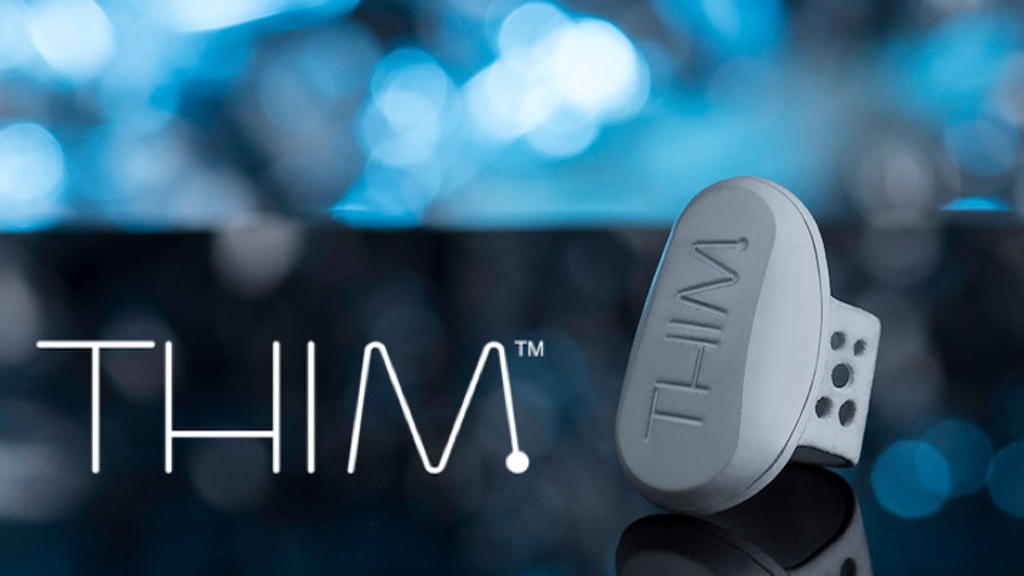
(Source: kickstarter.com)
It’s not a wrist device. It’s a ring, one you’ll barely notice until you get results. Thim will track your sleep, sure. That’s nothing special.
What’s better, it helps you fall asleep using science. You won’t believe how it works. It uses applied sleep deprivation to create deeper sleep patterns.
From Lack’s research, they’ve determined that repeatedly waking you three minutes after stage two sleep will improve your sleep in the long run. Thim does this by providing you the sensation of falling asleep over and over.
The result is your brain (re) learns how to fall asleep. With that learning, you can add up to and hour and forty minutes to your night of rest.
One More Trick
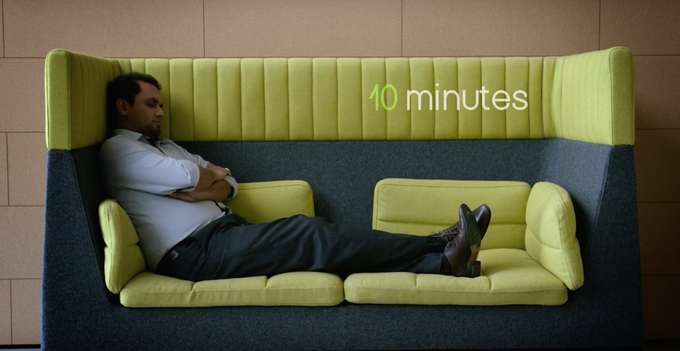
(Source: kickstarter.com)
Like Santa Claus, Thim knows when you’re asleep, by about a minute give or take. Once it knows you are asleep, it can determine when to wake you up, so it’s perfect for training power naps.
The Thim team has determined that a five-minute nap is insufficient. They’ve also determined, despite common perceptions, twenty minutes is too much. That much will leave you groggy, but ten is perfect.
Once you fall asleep for your nap (utilizing your newly developed skill from using the Thim device) you can leverage its power nap feature. It wakes you in about ten minutes.
In just ten quick ones, you’ll get ahead of everybody else in the rat race.
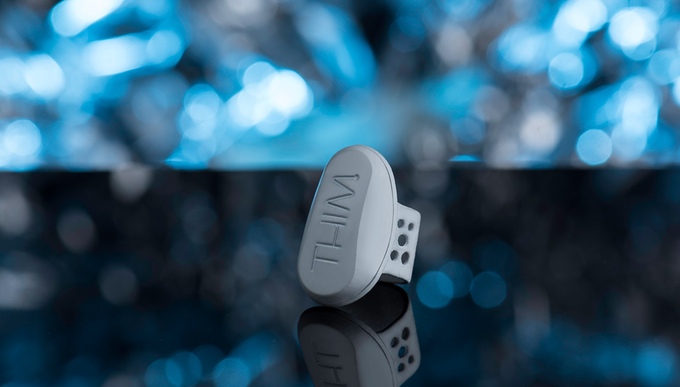
(Source: kickstarter.com)
The simplicity of this device combined with the track record of the developers has this writer sold. I can think of several people who could benefit from this wearable. Imaginably, you are one of them.
It won’t cure your sleep apnea, but it may retrain you how to fall asleep. Early backers will pay $109 AUD, but those pledges are going fast.
Get to sleep, finally.